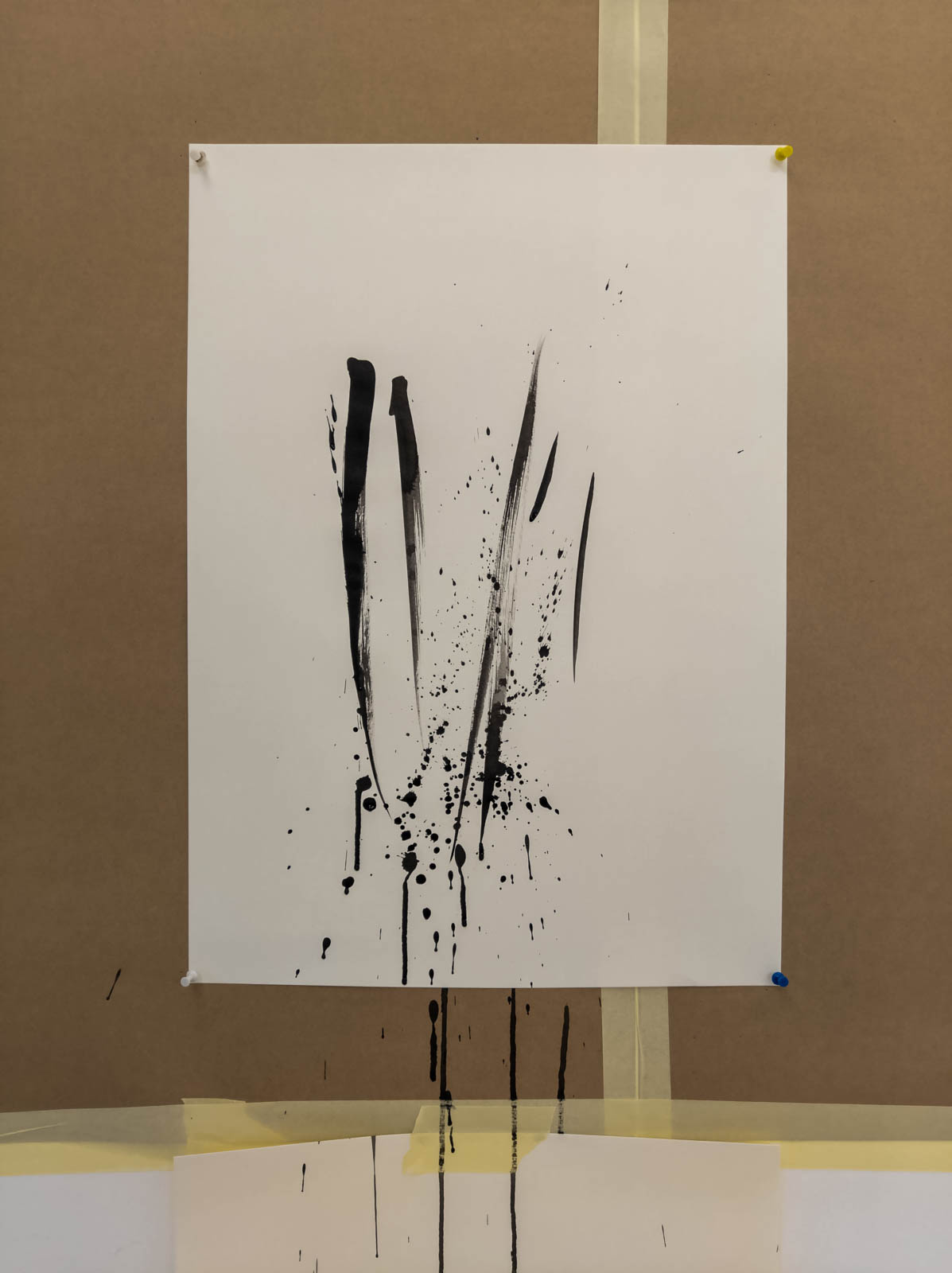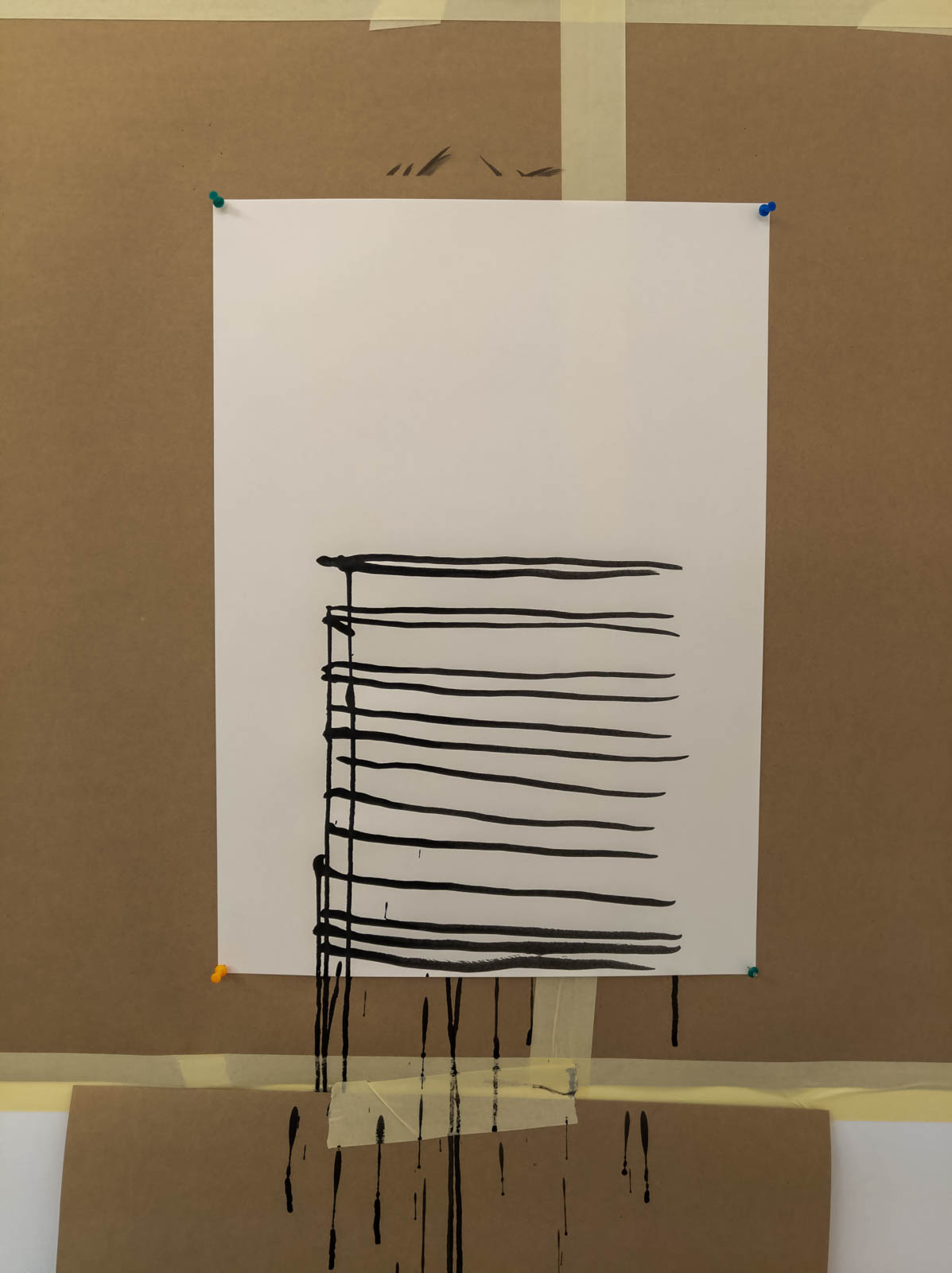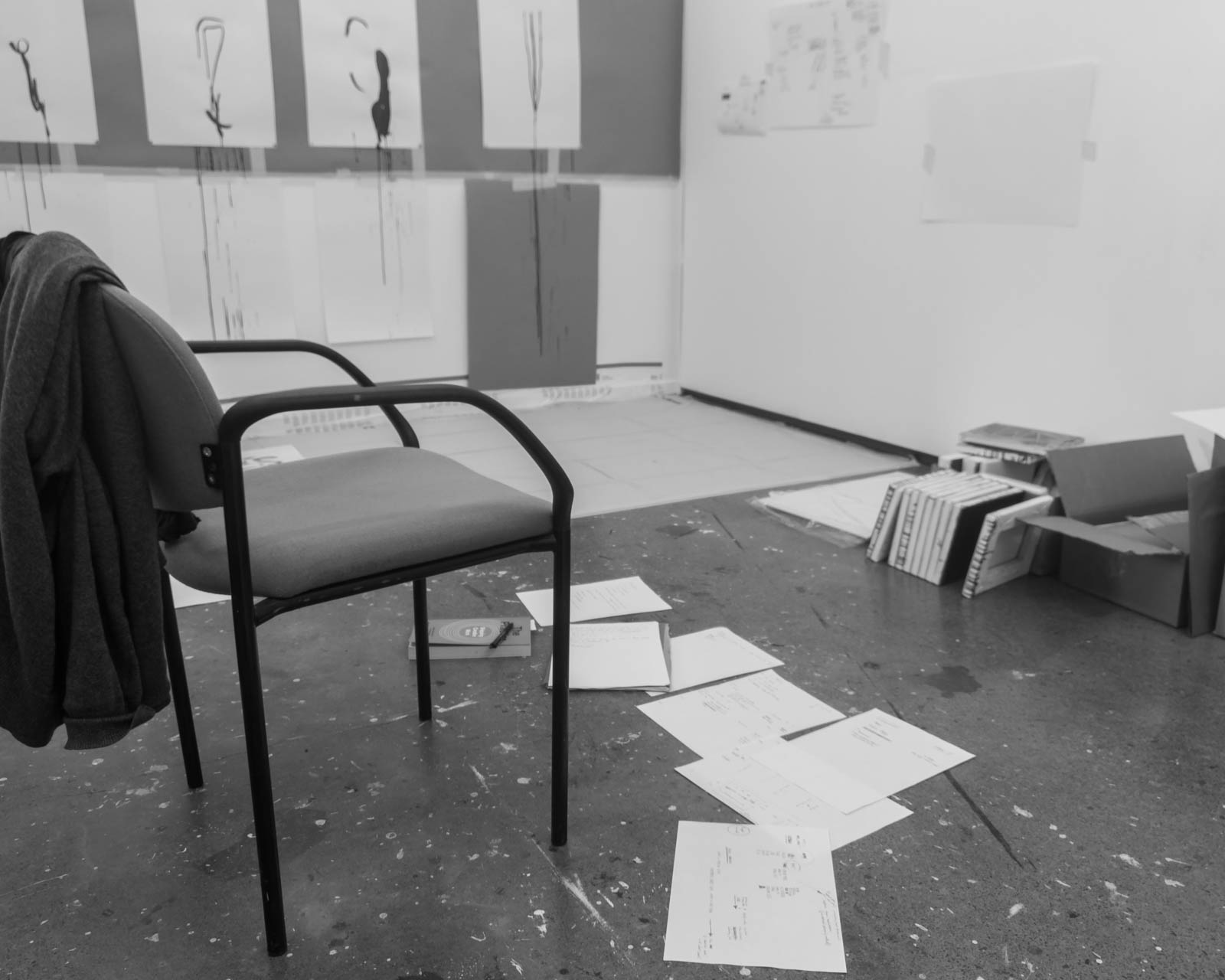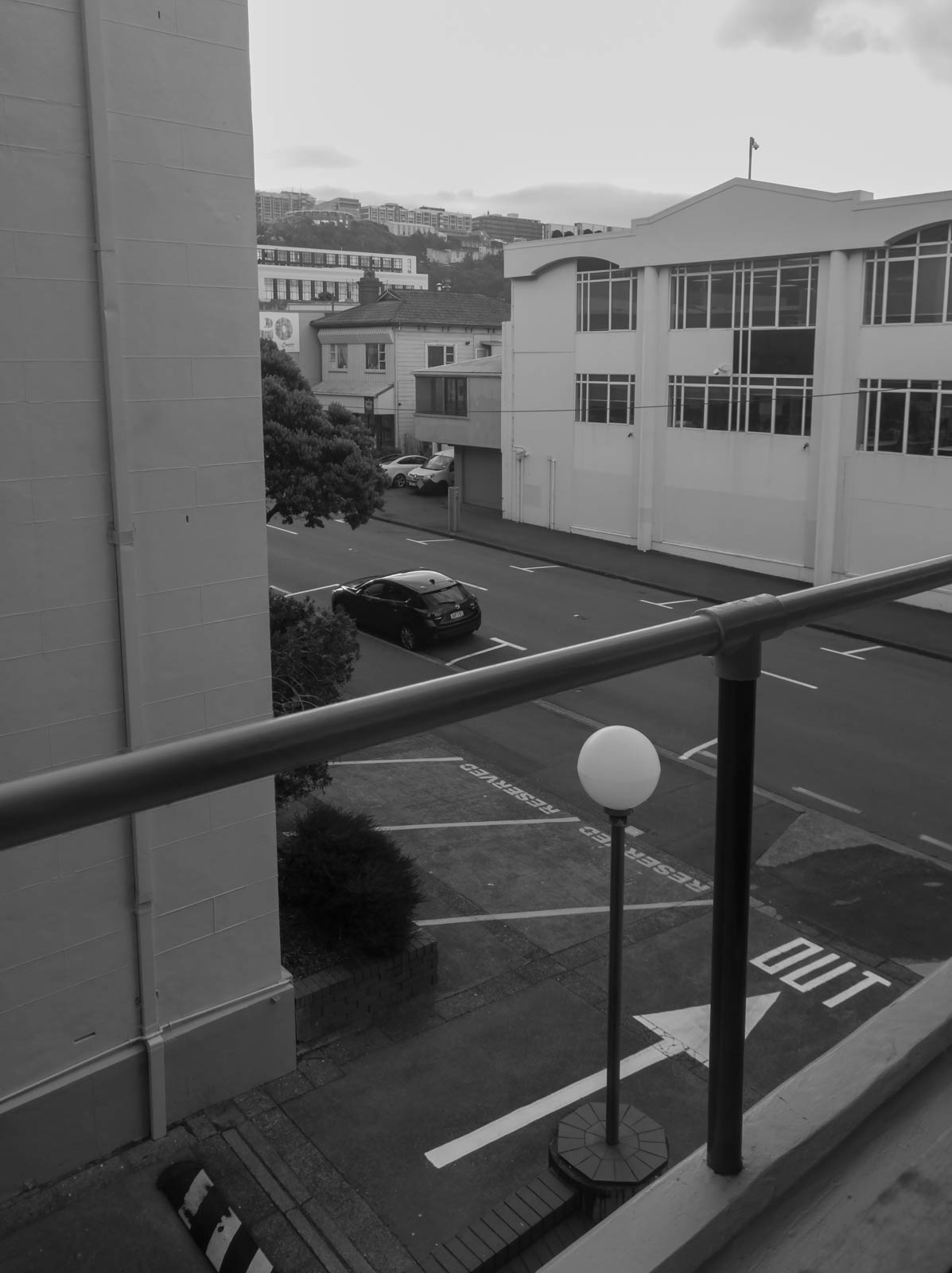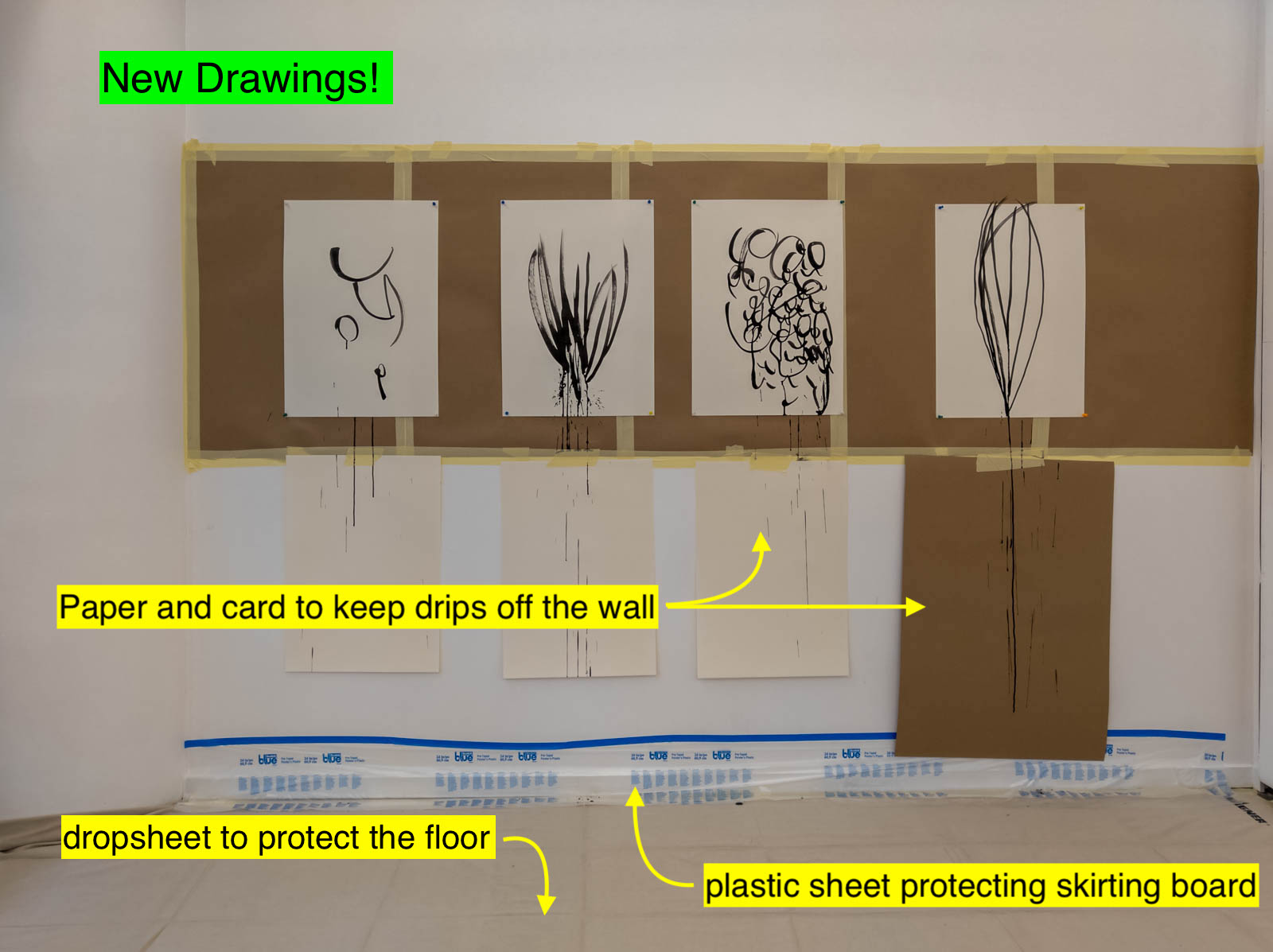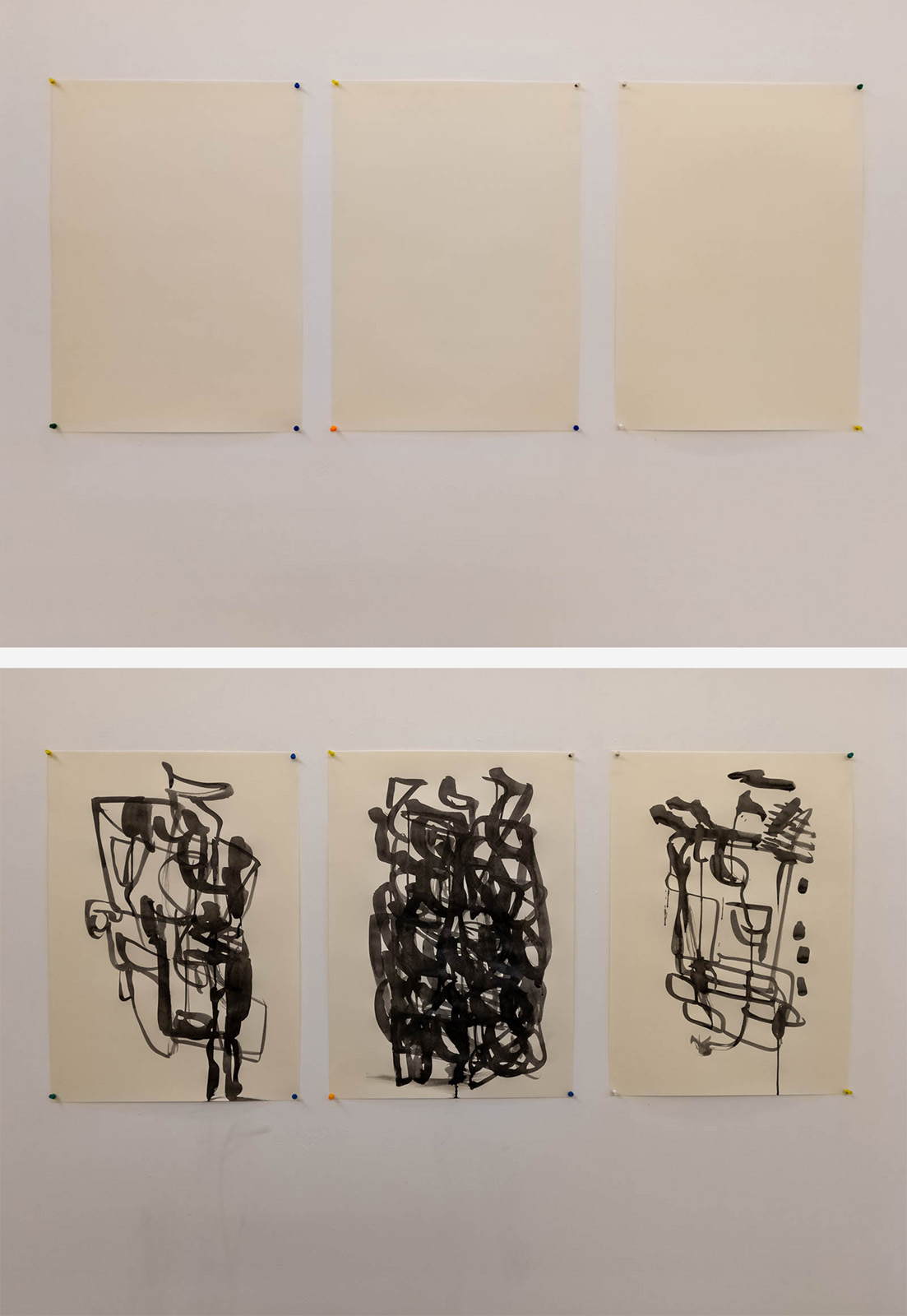IPO

Along with changing things up colourwise in the studio, I’ve been looking in the archives for the Individual Project Outlines (IPO) I made while at Massey doing my Masters.
The tool was given to us by the University and is designed to help plan projects. I found it helpful at the time and have often gone back to the format to get a handle on what I want to achieve and how I’m going to do it.
Here’s the outline for you:
Outcome
S.M.A.R.T goal (specific, measurable, achievable (or attainable), relevant, and time-bound)
Background
Provide a critical reflection on your previous work.
References, influences, readings
Include a briefly annotated list of artists of interest and influential figures, ideas and texts (bibliography) and relevant visual material.
Intention
Identify what you intend to learn by undertaking this project.
Method
The how
Challenges I face
What obstacles do you face to complete this project?
A timeline
What’s happening and when
Knowledge I need to develop
What do you need to learn to complete the project?
Solutions
Solutions to the challenges listed above
See also David Allen’s Natural Planning Model.
While planning models may not sound creative or arty, they help get things done.
